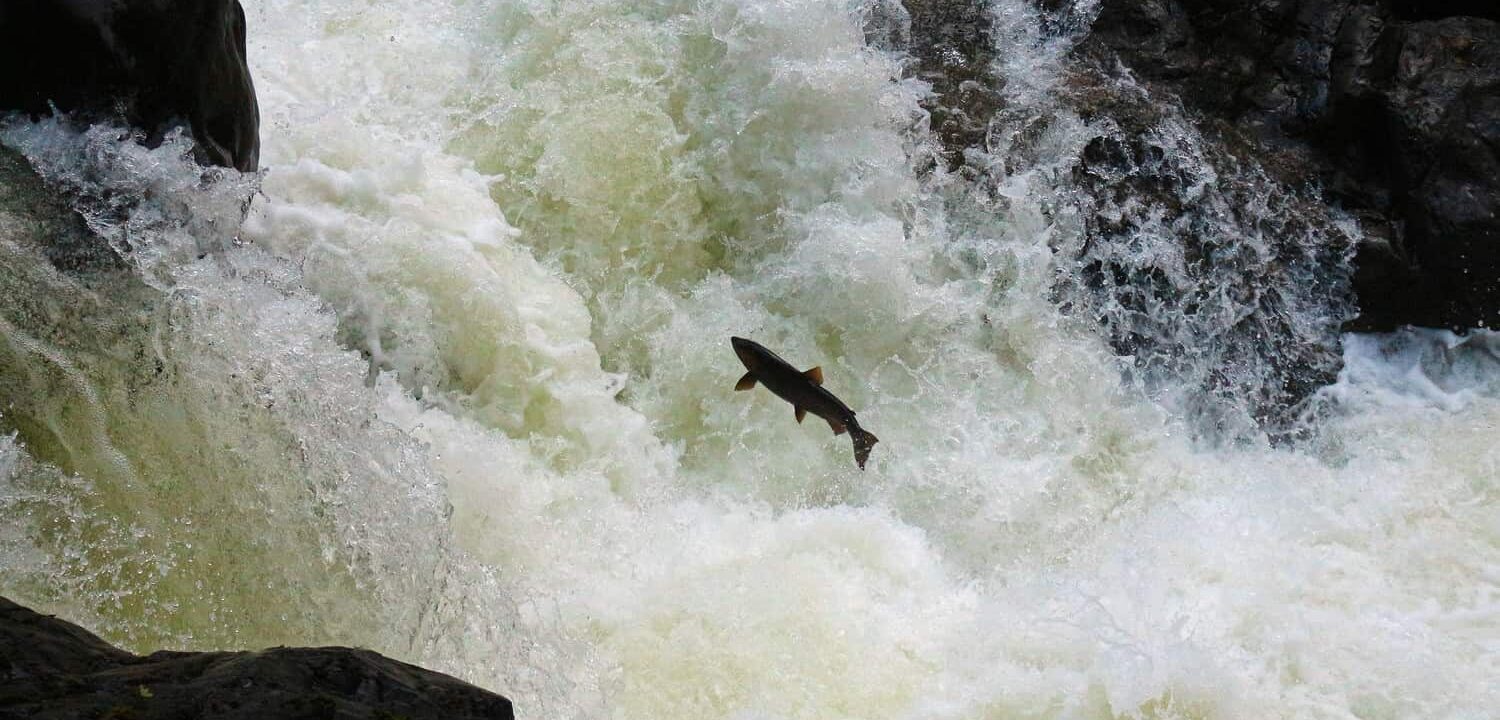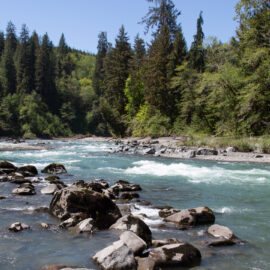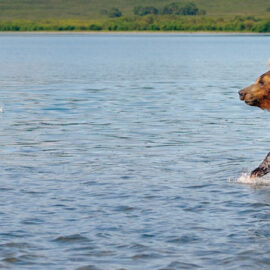New support from the Open Rivers Fund will help WSC and partners open up to 150 miles of blocked streams on the Olympic Peninsula.
The Open Rivers Fund has committed $300,000 to Coast Salmon Partnership, Wild Salmon Center, and Trout Unlimited to support the Cold Water Connection campaign on Washington’s Olympic Peninsula. The Open Rivers Fund is a program of Resources Legacy Fund, which is supported by the William and Flora Hewlett Foundation. The new funding will accelerate the campaign’s work on the peninsula to open cold water for salmon and steelhead streams that are blocked by outdated culverts and other “mini-dams.”
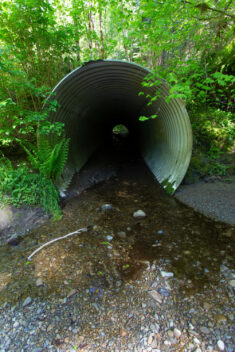
“We’re honored and excited to have a new partner in this work,” said Jess Helsley, WSC’s Washington Senior Program Manager. “Salmon need access to quality habitat, which occurs across all types of land ownership. This new partnership will help us expand our fish passage barrier removal efforts to ensure that fish are able to access the Olympic Peninsula’s cold water habitats.”
“The Cold Water Connection campaign squares directly with the goals of the Open Rivers Fund. It’s a smart and systematic approach to culvert removal in the Olympic Peninsula,” says Julie Turrini, Resources Legacy Fund program director. “It will open miles of river for salmon and reestablish historic fishing rights of local Tribes.”
Washington’s coastal rivers are home to half of the state’s strongest salmon runs. And climate projections show that even in the face of global warming, its coastal stream temperatures are likely to remain relatively cool through the end of the century. But aging road infrastructure and outdated culverts are blocking fish from accessing those cold-water streams. There are more than 4,000 documented barriers remaining on the Washington coast.
To protect the region’s salmon strongholds into the future, blockages need to be removed—giving fish access to the cold water they need. The Cold Water Connection campaign aims to restore up to 150 miles of cold water streams.
Washington’s coastal rivers are home to half of the state’s strongest salmon runs. But aging road infrastructure and outdated culverts are blocking fish from accessing those cold-water streams.
“It’s critical that we all know which projects will have the greatest benefits for salmon,” says Mara Zimmerman, executive director of the Coast Salmon Partnership. “With this grant, we will put prioritization tools in the hands of those doing on-the-ground work to open up salmon habitat.”
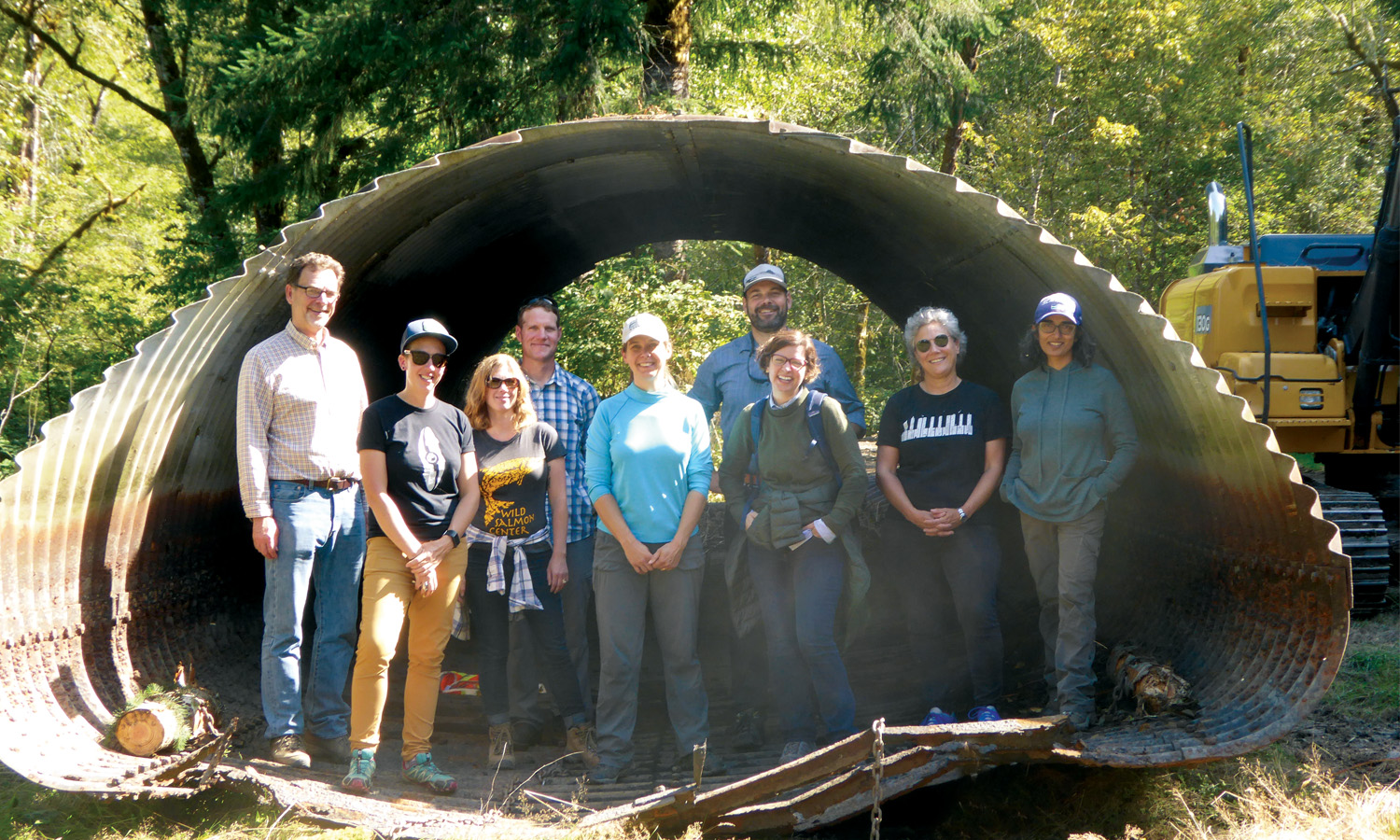
The campaign’s efforts enhance those of Tribes as well as federal, state, and local organizations that have worked to restore salmon habitat of the Olympic Peninsula rivers for nearly two decades.
According to Luke Kelly, Olympic Peninsula Restoration Project Manager at Trout Unlimited, the key to the campaign is focusing first on the peninsula’s highest priority salmon streams. “This effort will not only illuminate where we should be working, but also help deliver the best return on investment of restoration dollars. That means real benefits to salmon and the communities that depend on them.“
